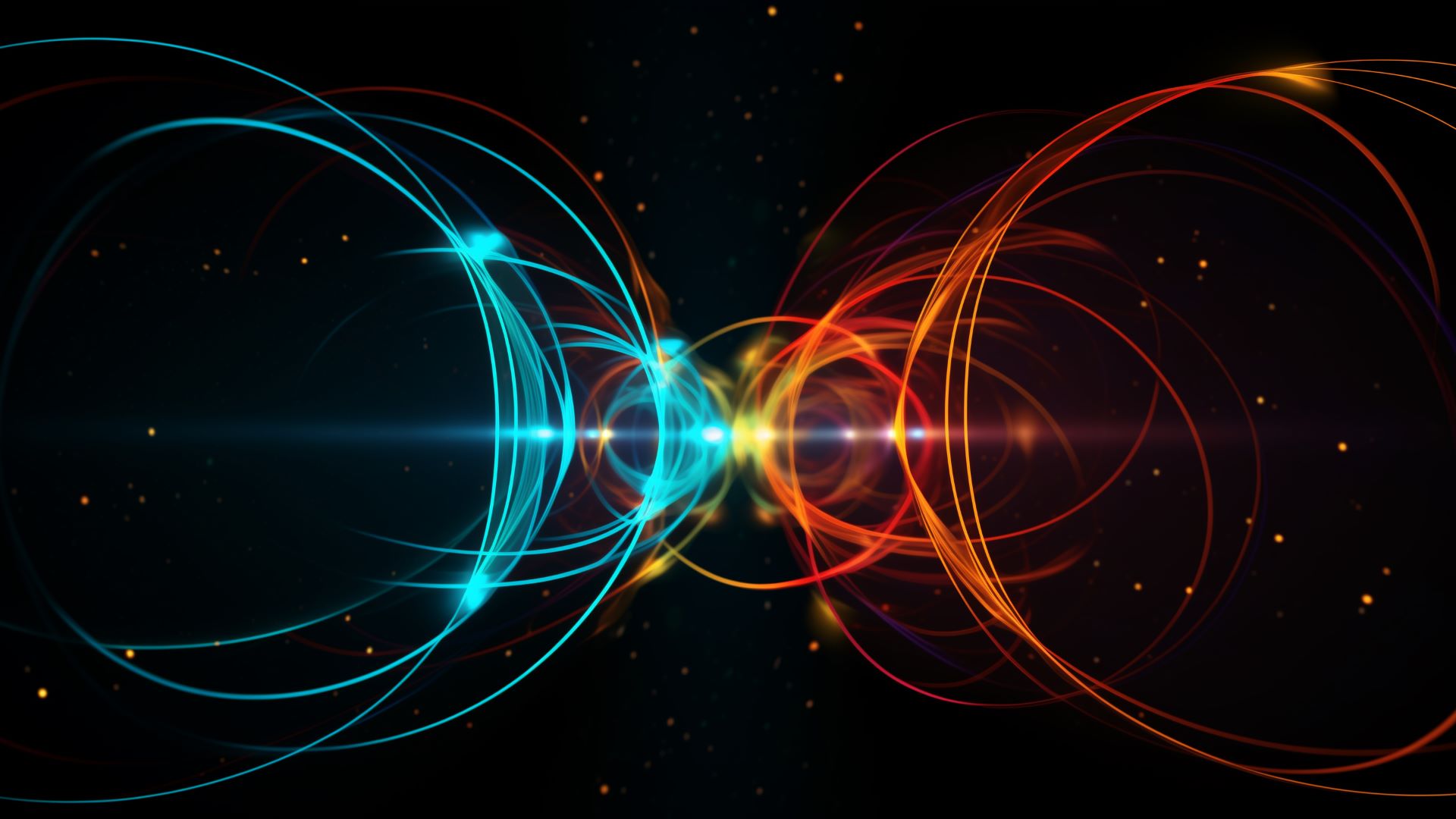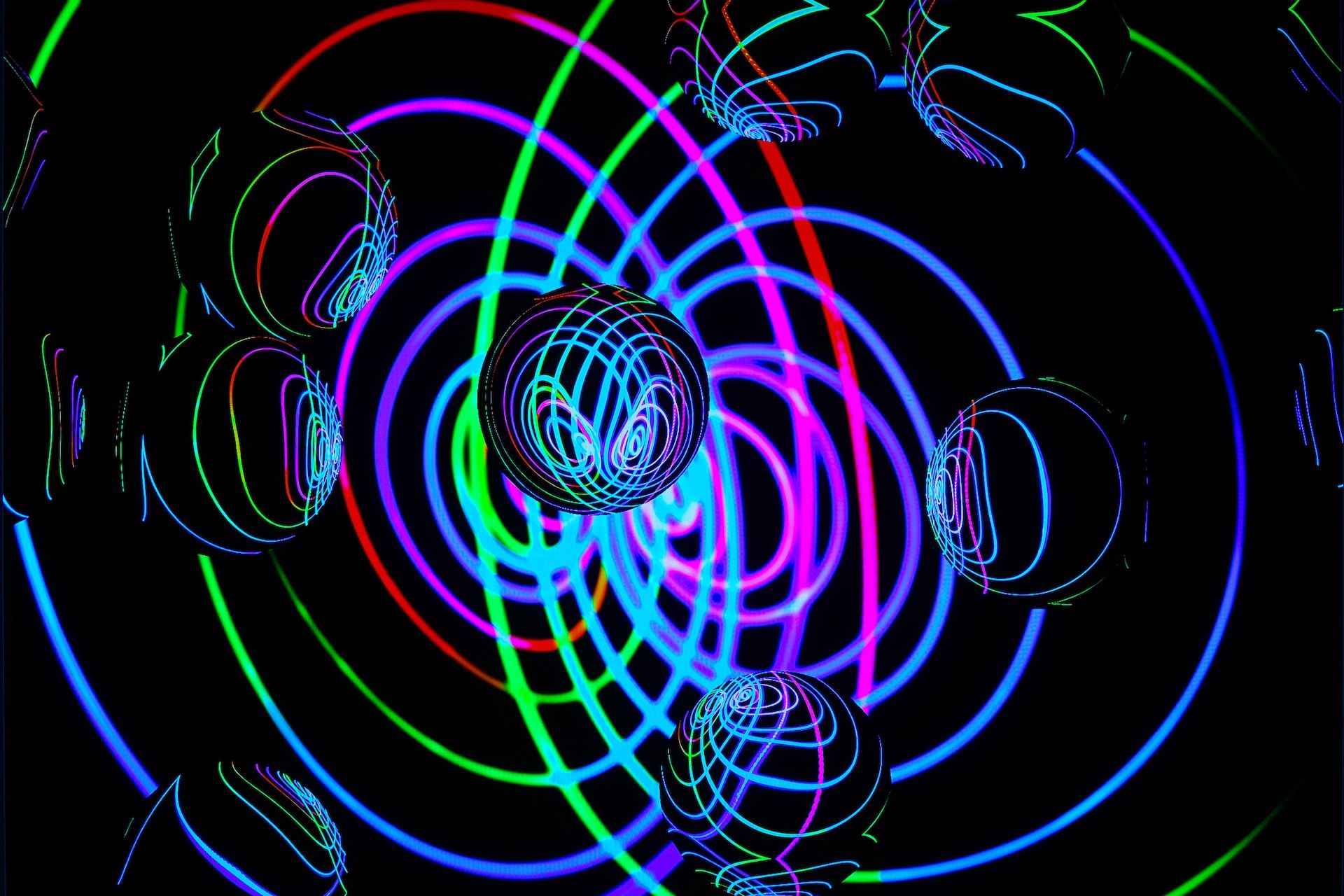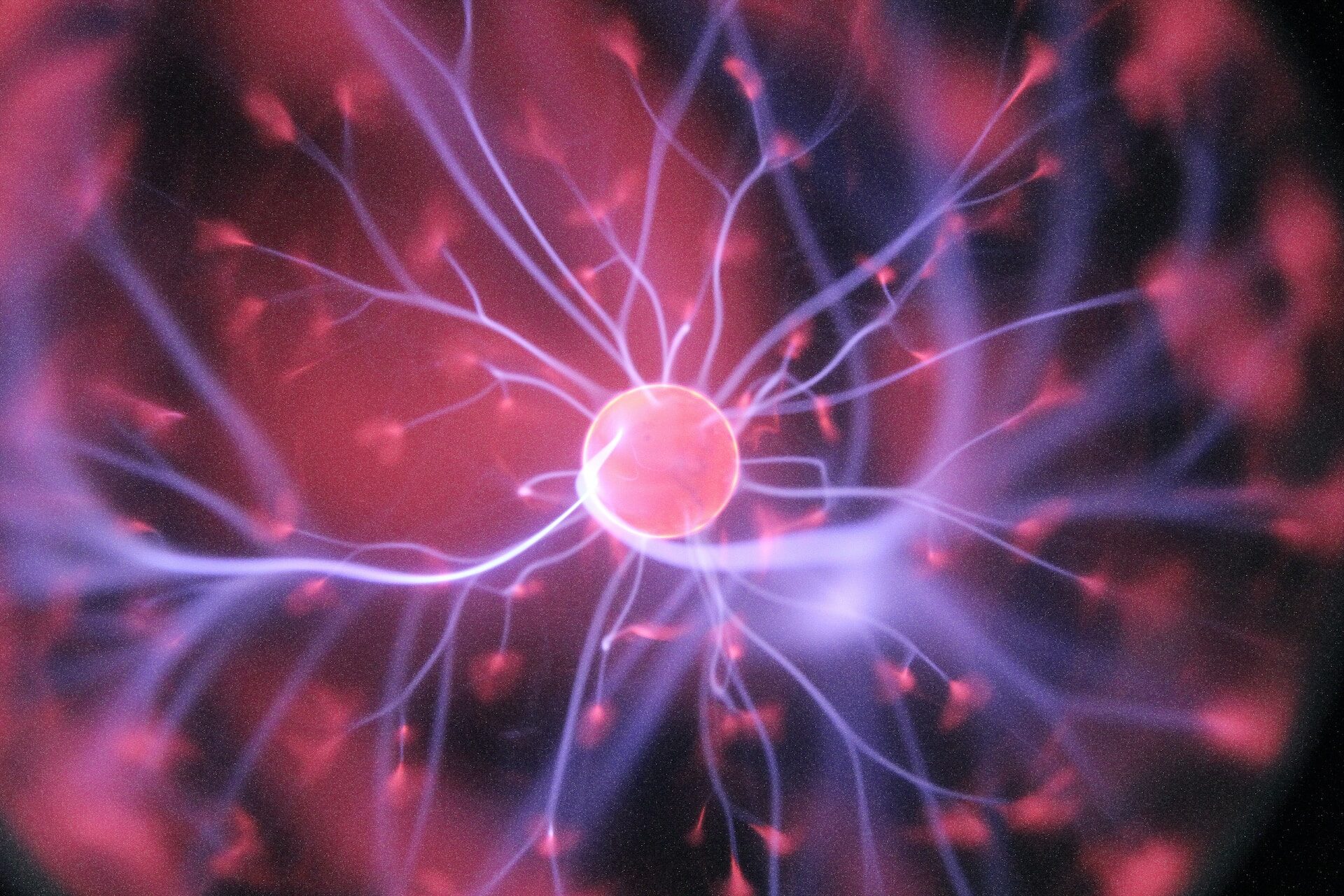
Quantum Mechanics 101: Your Guide to Understanding This Mind-Boggling Subject
August 26, 2021 - Emily Newton
Revolutionized is reader-supported. When you buy through links on our site, we may earn an affiliate commision. Learn more here.
There are certain rules to the universe that you typically can take for granted. Objects exist in a specific place, at a specific time. Entropy (disorder) always increases. Causality is king. Complete knowledge of the past gives you complete knowledge of the future.
As you investigate smaller and smaller bits of matter, however, these rules start to become less reliable. At around the molecular or subatomic level, certain classical assumptions stop working. Then, we must use new rules to make sense of observed reality. People refer to the unique subatomic phenomena that seem to govern the behavior of particles at these scales as quantum mechanics or quantum physics.
Understanding the basics of quantum mechanics, however, is likely essential to understanding modern physics and cosmology. The same goes for topics like quantum computing, which could be the foundation for the next big leap in computer science.
Key Concepts in Quantum Mechanics
Quantum mechanics is the study of very small things. It concerns how matter and energy interact on the scale of atomic and subatomic particles.
These interactions are worth considering apart from classical mechanics — the physics you likely learned in high school or college. That’s because they are, in many ways, weird. They don’t behave how you would expect with a good knowledge of how matter seems to interact with energy and other matter at typical, real-world scale.
Quantum mechanics have various distinctions from classical mechanics. Even so, we can sum these differences up using a few major conclusions:
Uncertainty
In classical mechanics, you can know exactly where an object is and also describe its movement. People can describe all an object’s physical characteristics with the same simultaneous certainty. In quantum mechanics, however, things work differently.
Instead, both the position and motion of a particle can’t be known exactly. The more precisely you know the momentum of an object, the less precisely you know its location — and vice versa.
Quantization
In classical mechanics, certain characteristics are like a slope — between one value and another, there is a gradation of values that can also work. Quantum objects, on the other hand, have characteristics that can only have certain values.
When these characteristics change, they may snap between discrete values, rather than gradually shifting from one to another.
Wave-Particle Duality of Light
Quantum theory tells us that matter, composed of tiny particles called neutrons, electrons and protons, and light, composed of particles called photons, have wavelike properties.
In classical physics, matter is made of particles and behaves like a particle. Light, however, behaves like a wave. In quantum physics, particles of matter can behave like a wave at small enough scales. Light can also behave like a particle under certain circumstances.
Locality and Non-Locality
Unlike in classical mechanics, objects at quantum scales can demonstrate non-locality, or the ability to effectively transcend space.
Quantum entanglement, for example, is a kind of quantum non-locality. Particles that are entangled at a quantum level are permanently correlated. Their physical characteristics can’t be described independently, even when the particles are separated by vast distances. What happens to one will also directly affect the other. This change happens extremely fast — possibly faster than 3 trillion meters per second — and potentially instantaneously.
Familiarity with these big categories can help you understand why quantum mechanics may seem so unusual compared to normal, everyday physics — and also why quantum mechanics can be difficult to describe or work with in practice.
Quantum Mechanics in Practice: The Double-Slit Experiment
One classical and much-discussed example of the weirdness of quantum mechanics is the double-slit experiment — an attempt to understand whether light behaves like a wave or a particle.
In the simplest version of the experiment, a researcher fires a beam of light at some kind of detector that can record where the particles land. Between the light beam and the detector is a barrier with two slits. Light can’t pass through the barrier material — to reach the detector, it has to pass through one of the two slits.
The resulting pattern is a band of alternating light and dark areas — an interference pattern like what you would see if you ran the experiment with waves of water.
We know, however, that light is made up of individual particles, called photons. It’s possible to fire these photons, one at a time, with enough lead time between each photon to ensure successive particles can’t interfere with each other.
Run the experiment like this, and the same interference pattern shows up — suggesting that these individual particles were still acting as a wave, somehow taking multiple possible paths and interfering with themselves.
Performing the experiment again, this time with another detector at both slits, allows you to determine which slit each photon travels through — or, theoretically, to observe these photons passing through both slits at the same time.
The resulting pattern from this variation of the experiment isn’t a wave pattern, however — instead, you will see the double-band pattern you would expect from a particle.
When unobserved, light acts mostly like a wave. When observed, individual photons cease existing in multiple places simultaneously, and instead behave like a particle.
Scientists use the phrase “wave function” to describe quantum systems that exist in multiple states. The act of observation forces the photon wave function to adopt just one of these states. Causing this loss of superposition is called “collapsing the wave function.”
Applications of Quantum Mechanics
For the most part, quantum mechanics remains cutting-edge science, and applications can sometimes lag far behind novel research. However, there are already a few major potential applications of quantum mechanics that could significantly reshape fields like manufacturing and computer science over the next few decades.
One of the most important will likely be quantum computers. These computers use quantum uncertainty and advanced data science to create a new way of storing data.
All the information that a classic computer uses is stored in bits. These bits can be in one of two positions — off or on, typically represented as 0 or 1.
Quantum computers use quantum bits, or qubits. These bits can be in both the standard positions — on or off — as well as in superposition. Bits in superpositions are in multiple states until observed.
This extra category of potential states makes quantum computers very good at solving problems that traditional computers can struggle with — like, for example, the modeling of quantum systems.
In practice, this may be able to help developers of computer hardware pack significantly more storage space and processing power into the same amount of volume — allowing for an exponential increase in processing speed for certain types of problems.
The unique nature of quantum computers would provide other practical benefits, as well. For example, one quantum computer was recently used by Google to create a time crystal — an exotic form of matter that periodically changes states without consuming energy.
It’s not clear how close we are to quantum computing becoming advanced enough to manage challenges that traditional computers can’t solve.
Researchers from companies invested in quantum computing technology, like IBM and Google, believe we may be just years from quantum computers revolutionizing computer science as a whole. Others believe existing challenges may render this kind of quantum computing mostly impossible.
In any case, it’s likely we’ll know a lot more about the practicality of quantum computing very soon.
Knowledge of Quantum Mechanics May Reshape Science
As our understanding of the quantum realm grows, we may be able to answer fundamental questions about the universe and solve problems that were previously difficult or impossible to handle.
Quantum computers are one example of how this research could transform the world. Other applications — like quantum-powered cryptography and quantum microscopes — could offer similar benefits.
Revolutionized is reader-supported. When you buy through links on our site, we may earn an affiliate commision. Learn more here.
Author
Emily Newton
Emily Newton is a technology and industrial journalist and the Editor in Chief of Revolutionized. She manages the sites publishing schedule, SEO optimization and content strategy. Emily enjoys writing and researching articles about how technology is changing every industry. When she isn't working, Emily enjoys playing video games or curling up with a good book.




